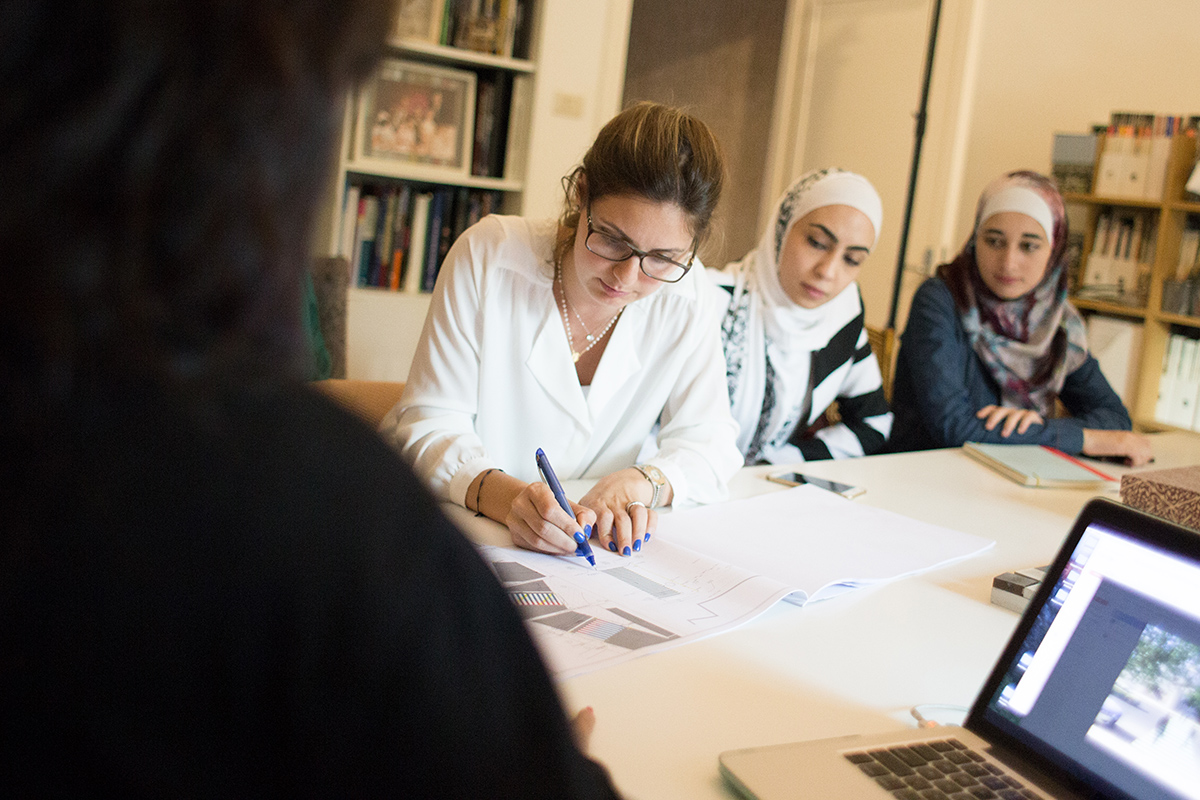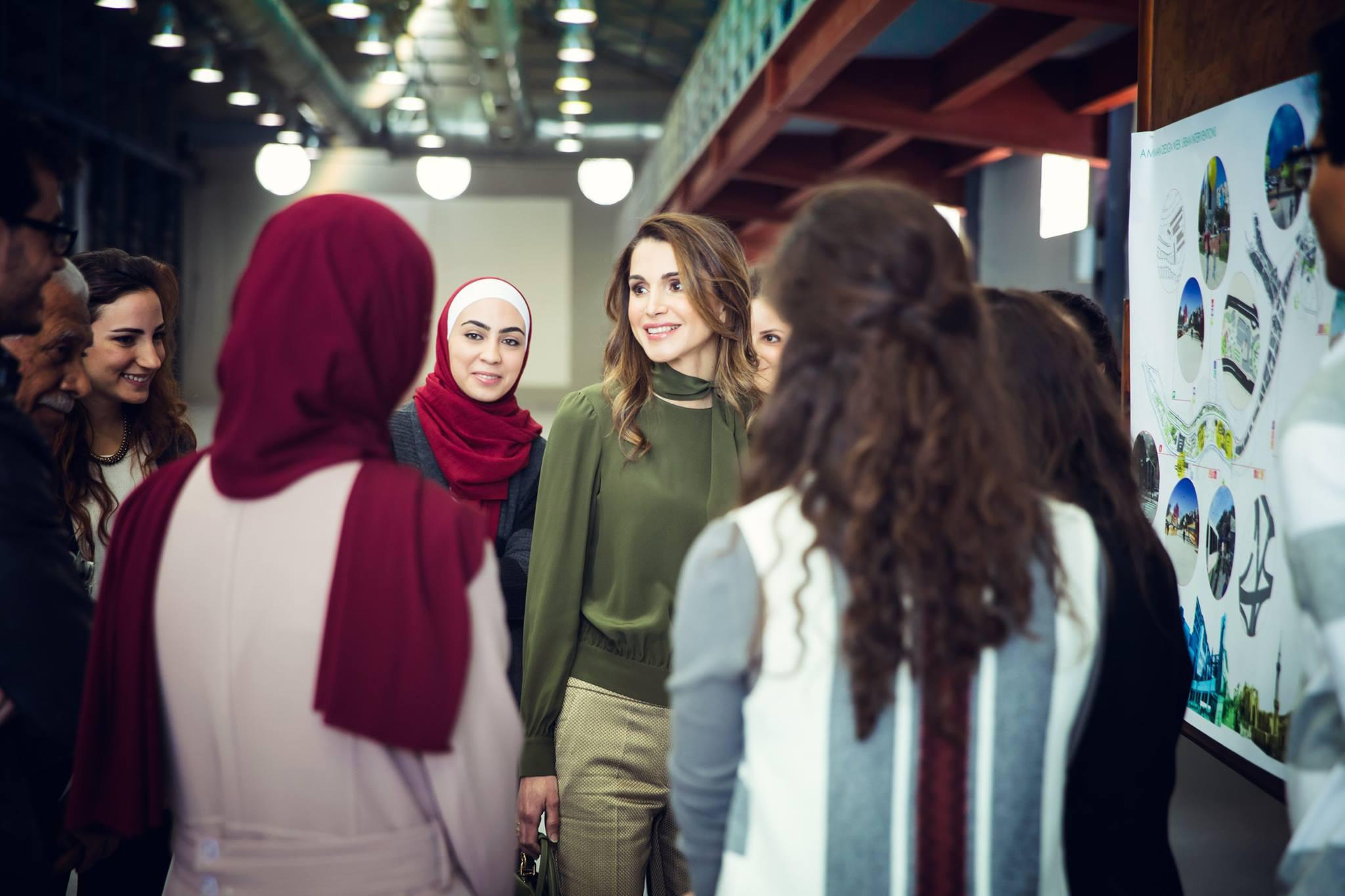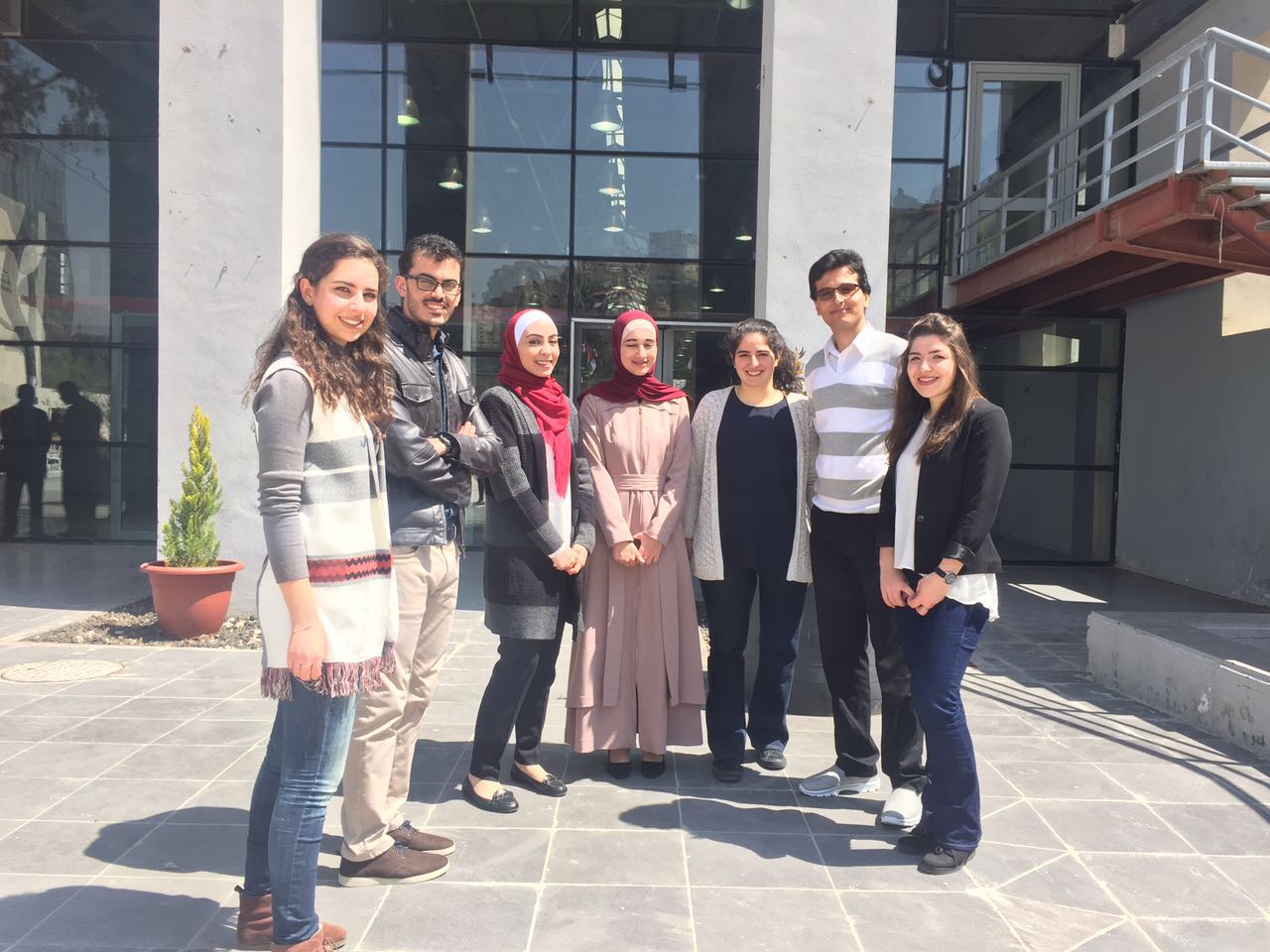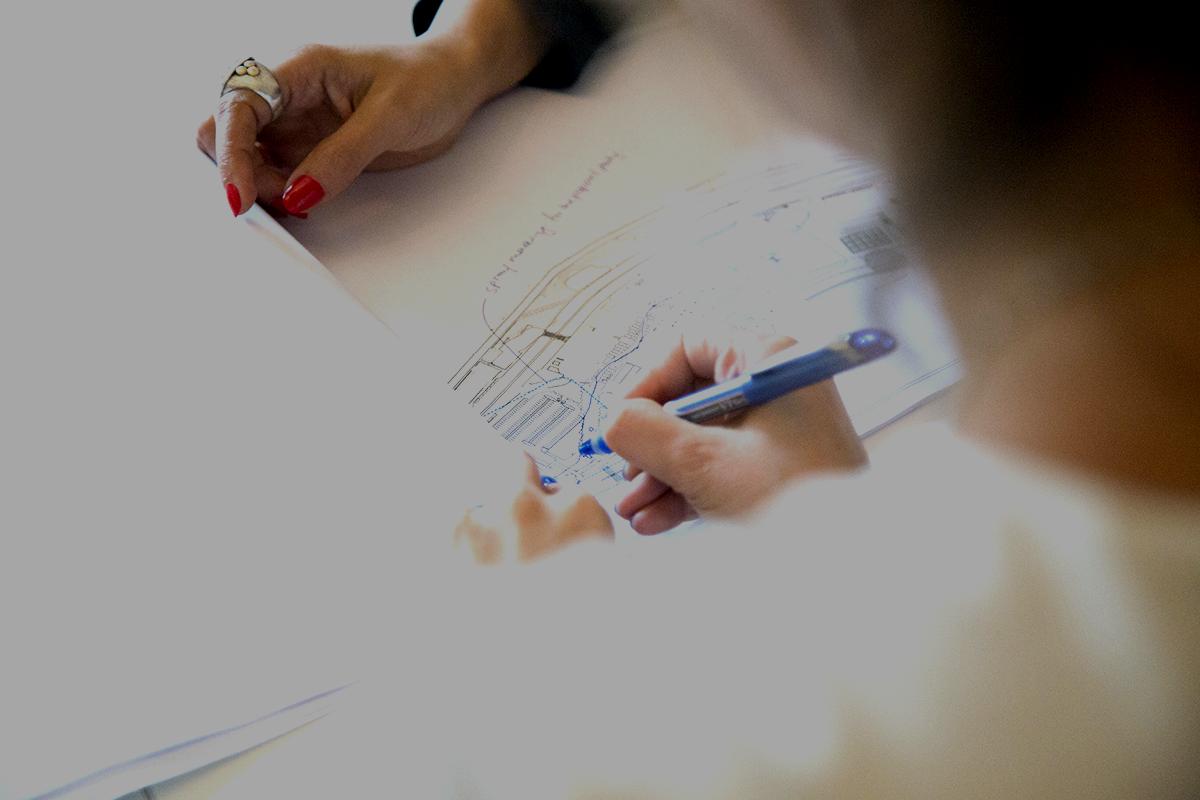The Hangar Exhibition
Amman Design Week will take place in the heart of Amman, in a strip that is often referred to as the lifeline of the city; Ras El Ain. Once occupied by a running stream, this area has been reimagined over the years with differing visions; from a green central park, to a commercial district, to a cultural strip, and finally to what it is today – an eclectic mix of haphazardly connected memories and intentions, somehow combining the grandeur of the Roman Amphitheatre to the bustling local markets and the newly imagined cultural projects and institutions. Amman's cultural strip presents an opportunity for a unique spot of vibrancy and activity in the city that often lacks public spaces.
The selection of this area to host the main exhibitions and activities of Amman Design Week was no accident. Through active programming and experiments in functionality, Amman Design Week brings an experiment to the area, questioning the vision of it becoming Amman’s “cultural corridor”. Working with a team of volunteer young architects and aspiring urban designers, Amman Design Week aims to introduce discourse on concepts of place-making and the importance of public space, and to encourage the engagement of the community in shaping their context.
Beginning in December, 2015, a group of young architects led by architect and urban designer Dana Halasa, gathered to conduct an extensive social study that engages the local community in design decisions in an effort to align with the community’s needs, values, and aspirations. Each member of this Urban Design Task Team has something distinctive to offer, with personal interests ranging from urban and social design to sustainability and community building. The team has been successful in mapping the area, interviewing the local community and visitors, and proposing frameworks on design rooted in community engagement.

“Our bottom up approach has allowed the team to immerse themselves in the site and interact with site elements and comprehend the needs of the local community to reinvent public spaces”, says Dana Halasa. “For its first year, the team is experimenting with this pilot project with minimum interventions to improve pedestrian crossings, enhance seating and shaded areas, mark bus stops, and provide a legible way finding system. The idea is to create a better built environment for pedestrian movement, bringing life to the strip while responding to the needs of the local community,” Halasa explains.
“The reason I volunteered is because, unlike in an office, the community is taking part in design decisions,” says architect Rami Shatat. “Engaging the people living and working in the area in the design process helps the implementation become more feasible and gives the community ownership and sense of belonging.”

Early last spring, Her Majesty Queen Rania Al Abdullah and His Excellency Mayor Akel Biltaji accompanied the team on a walk through the area to hear out the team’s ideas and learn about the findings of their research. With the avid support and collaboration of the Greater Amman Municipality (GAM), the task team has been able to set up a number of experiments targeted at the refurbishment of the area. They hope to introduce new elements to the area, and introduce a livelier corridor with an infrastructure that supports a more engaging and suitable pedestrian environment, as well as encourage visitor engagement with public transportation.





